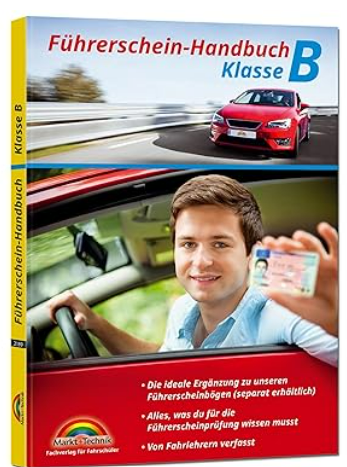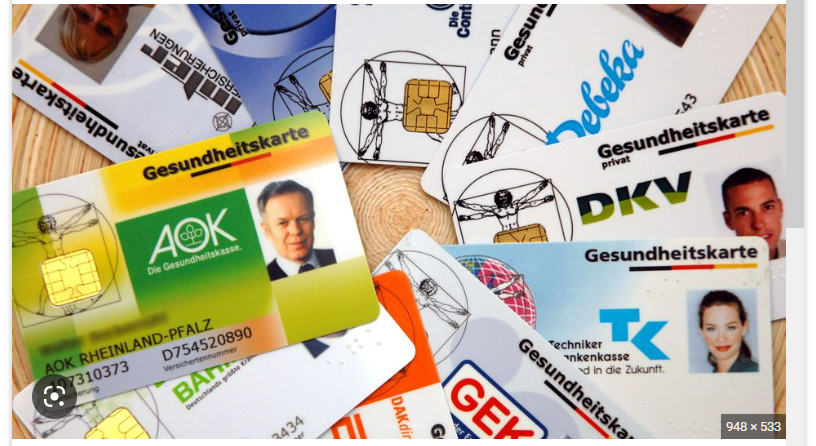Welcome to Germany! Whether you’re new to the country or have been here for a while, getting your German driving license is a key step toward gaining independence and exploring everything this beautiful country has to offer. The process might seem complex at first, but don’t worry—I’m here to guide you through it. In this post, I’ll walk you through each step of obtaining your German driving license (Führerschein), so you can feel confident and prepared.

Step 1: Check if You Need a German License
Before you dive into the process, it’s important to know whether you actually need a German driving license and which class you should apply for:
- EU/EEA License: If you have a license from an EU or EEA country, you can continue using it in Germany without any time restrictions.
- Non-EU/EEA License: If your license is from a non-EU/EEA country, you can use it for up to six months after registering in Germany. After that, you’ll need to either convert it or obtain a new German license.
Step 2: Decide on the License Class
In Germany, different classes of driving licenses allow you to drive different types of vehicles. For most newcomers, Class B is the most relevant:
- Class B: This is the standard license for driving cars (up to 3.5 tons) and light trucks with a maximum of eight passengers. It also allows you to tow trailers up to 750 kg or, if the trailer exceeds 750 kg, provided that the combined weight of the vehicle and trailer does not exceed 3,500 kg.
- Class A: For motorcycles.
- Class C: For large trucks.
- Class D: For buses.
For this guide, we’ll focus on obtaining a Class B license, which is the most common for personal use.
Step 3: Complete the Eye Test and First Aid Course
Before you can enroll in a driving school, you need to take care of two essential requirements:
Eye Test (Sehtest)
You’ll need to pass a vision test to ensure your eyesight meets the standards required for driving:
- Where to Take It: Optometrists, some driving schools, and test centers offer this test. It usually costs around €6-10.
- Certificate: After passing, you’ll receive a certificate, which you’ll need when applying for your license.
First Aid Course (Erste-Hilfe-Kurs)
You must also complete a first aid course, which teaches basic emergency response techniques:
- Where to Take It: Organizations like the German Red Cross or some driving schools offer this course. It lasts 6-9 hours and costs around €20-50.
- Certificate: After completion, you’ll receive a certificate required for your license application.
Step 4: Enroll in a Driving School (Fahrschule)
With your eye test and first aid course completed, you’re ready to enroll in a driving school. This is where you’ll receive both theoretical and practical training:
- Find a Fahrschule: Look for one in your area, and don’t hesitate to ask for recommendations or check online reviews.
- Enroll: Provide necessary documents like your ID, proof of residence, and your eye test and first aid certificates.
Step 5: Theoretical Training and Exam
The next step involves learning the rules of the road:
- Attend Classes: Driving schools offer evening classes, which cover topics like traffic laws, road signs, and safe driving practices. You’ll attend about 14 sessions.
- Study: Use apps and other resources to prepare for the theory exam, which is available in several languages, including English.
- Take the Exam: The multiple-choice theory exam is held at your local TÜV or DEKRA office. You’ll need to score at least 90% to pass.
Step 6: Practical Training
After passing the theory exam, you’ll start your driving lessons:
- Driving Lessons: Learn basic and advanced driving skills, including special drives at night, on highways, and on country roads.
- Mock Test: Practice with a mock test to get familiar with the exam format.
Step 7: The Practical Exam
The final step is the practical driving test:
- The Test: Lasts about 45 minutes with an examiner. Focus on safe driving and following instructions.
- Passing: If you pass, you’ll receive a temporary license, and your official license will be mailed to you within a few weeks.
Recap and Final Tips
- Class B License: The most common license for driving cars and light vehicles.
- Costs: Expect to pay €1,500 to €2,500 for the whole process.
- Be Patient: The entire process can take several months, so take your time and practice as much as possible.
Conclusion
Getting your driving license in Germany is a significant achievement, and with this guide, I hope you feel more prepared to tackle the process. Remember, it’s not just about passing tests—it’s about becoming a safe and confident driver.
If you found this guide helpful, please consider subscribing to my blog. I regularly share tips and advice for newcomers in Germany, from navigating bureaucracy to exploring new places. Thanks for reading, and happy driving!
Subscribe to stay updated with more guides and tips on living your best life in Germany! 🚗
Helpful links:
DEKRA https://www.dekra.de/de/fahrerlaubnispruefung/
DRK Erste Hilfe Kurse https://www.drk.de/hilfe-in-deutschland/kurse-im-ueberblick/rotkreuzkurs-erste-hilfe/




